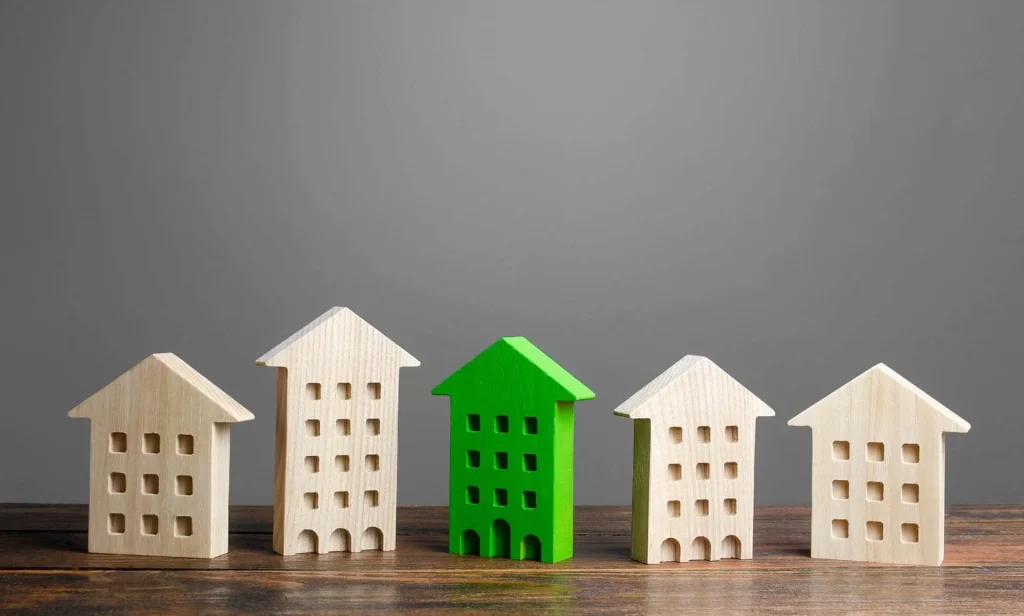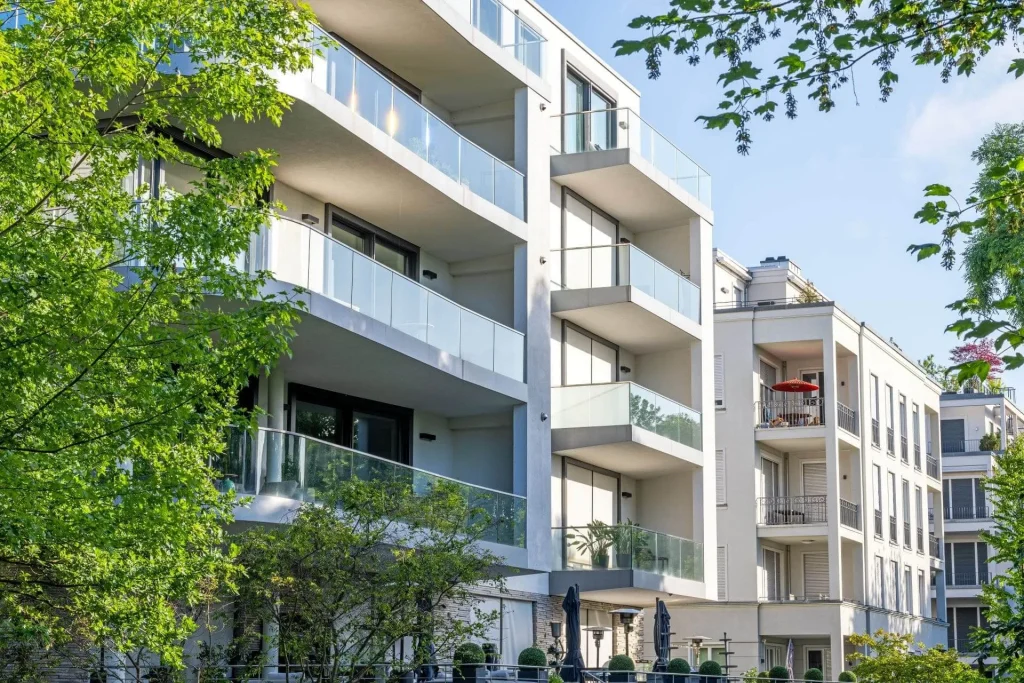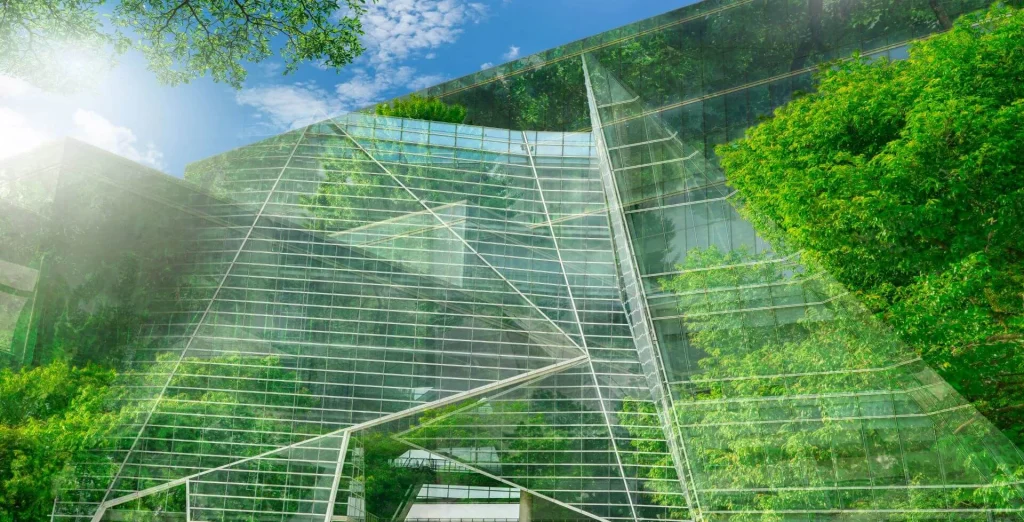What is the Philippine Green Building Code?
The creation of high buildings and residential real estate or the construction industry in general is one of the biggest contributors to pollution which somehow leads climate change to go from bad to worse. Not to mention all the other negative impacts that buildings have on the environment which does not foster sustainability at all. Aside from that, the conventional way of constructing buildings has a significant negative effect on human health.
As the government addressed the adverse effects of construction on the environment and the society as a whole, the green building code in the Philippines was then forged. The P.D. 1096 or the Green Building Code of the Philippines is a referral code of the National Building Code or the RA 6541. The GB code of the Philippines sought to improve the efficiency of building performance and minimize its negative impacts by using sustainable resources, improving building design, effective site selection, and construction all while reducing cost.

What is the National Building Code of the Philippines RA 6541?
While the GB code focuses more on sustainability and constructing environmentally responsible buildings, the National Building Code of the Philippines, or the RA 6541 is a broader framework of regulations and standards that governs the construction, design, maintenance, and occupancy of structures and buildings in the country. It monitors whether a certain building is following and meeting the structural safety standards set by the government.
When did DPWH approve the Philippine Green Building Code as a referral code of the National Building Code?
The Department of Public Works and Highways (DPWH) signed the approval for the Philippine Green Building Code to be a referral code for the National Building Code on June 25, 2015. The negative impacts of construction and the effects of climate change pushed the department to establish a code for the creation of more sustainable buildings and structures. DPWH received technical support from the Philippine Green Building Initiative (PGBI) which consists of accredited organizations from the building industry and assistance from the World Bank-IFC.
What is the purpose of the Green Building Code?
The main purpose of the GB code is to protect the environment through sustainable practices, the use of local and natural resources, fostering healthier surroundings, minimizing costs, and promoting the use of renewable energy sources that can help slowly mitigate climate change. The code seeks to improve not just the quality of the building being built but also to protect the well-being of everyone around
.
What is the Building Use or Occupancy Coverage and Application of GB Code?
GB Code will apply to the following classifications in compliance with the required minimum Total Gross Floor Areas (TGFA).
- Residential Dwelling: Condominium with 20,000 sqm
- Hotel or Resort with 10,000 sqm
- Educational: School with 10,000 sqm
- Institutional: Hospital with 10,000 sqm
- Business: Office with 10,000 sqm
- Mercantile: Mall with 15,000 sqm
- Mixed Occupancy with 10,000 sqm
It is important to take note that buildings and structures built before the GB code was signed are not subject to the guidelines of use or occupancy classification of the said code.
If the buildings built before the effectiveness of the GB code had additions, altercations, renovations, and conversions that reached the required TGFA are now subjected to the provisions made under the code.
Mixed occupancy buildings that are combined with other classifications are required to follow the appropriate measure for each classification and its respective TGFA.

What Are the Essential Requirements of the Green Building Code of the Philippines?
Energy Efficiency
With the Philippine Green Building Code, effective designs, methods, technologies, and practices must be adopted to adhere to the code’s goal of conserving energy and lowering costs. The building envelope which includes air tightness and moisture protection and glass properties must be considered. Other requirements are the building’s natural ventilation, building envelope color, roof insulation, mechanical systems such as air conditioning, water heating, variable speed drives and high-efficiency motors, exhaust air, and electrical systems like daylight provisions, daylight controlled lighting system, lighting power density (LPD), occupancy sensors, elevators, and escalators or moving ramps or walkways, transformers, and elevated water storage.
Water Efficiency
Since water is an important resource, the Green Building Code seeks to conserve water by using not just effective plans but also materials, equipment, and fixtures that can somehow help lessen water consumption. This includes water management and practices like rainwater harvesting and water recycling.
Material Sustainability
Carefully choosing the materials being used in constructing buildings is essential to make sure that the materials used have little to no negative impact on the environment. This can be done by choosing non-hazardous or non-toxic materials.
Solid Waste Management
Another requirement of the GB code is solid waste management. Building owners, developers, and property managers should adopt effective ways of managing waste and practices such as proper segregation and collection.
Site Sustainability
Adopting practices that can help minimize the impact the construction industry has on the ecosystem and water resources is another requirement of P.D. 1096. Make sure that the site remains sustainable by conducting ground preparations and earthworks and open space utilization by effective use of open space in cultivating sustainability.
Indoor Environmental Quality
Aside from making sure of the quality of the building, it is also important to pay attention to the quality of life of everyone occupying the building. Provisions under this include minimum fresh air rates and designated smoking areas.

What are the Benefits of the Green Building Code?
Complying with the Green Building Code has benefits that support its effectiveness and efficiency. Firstly, the code helps minimize the negative impact of the construction industry on the environment. The more building adheres to the code the higher the chances of reducing pollution and mitigating climate change. Secondly, through the effective use of resources and materials and reusing and recycling, developers can help cut and save operational costs. Thirdly, since the building construction is improved, the GB code highly sustains the improvement of the life quality of the occupants of the building or the residential real estate as well. Their mental and physical health is not compromised but rather taken care of. Lastly, the Green Building Code will push the emergence of more green buildings until every building follows the guidelines set by DPWH which can then lead to a more dynamic, healthier, and happier environment.
Read more: Green Buildings, A New Trend Arising in the Real Estate Industry


